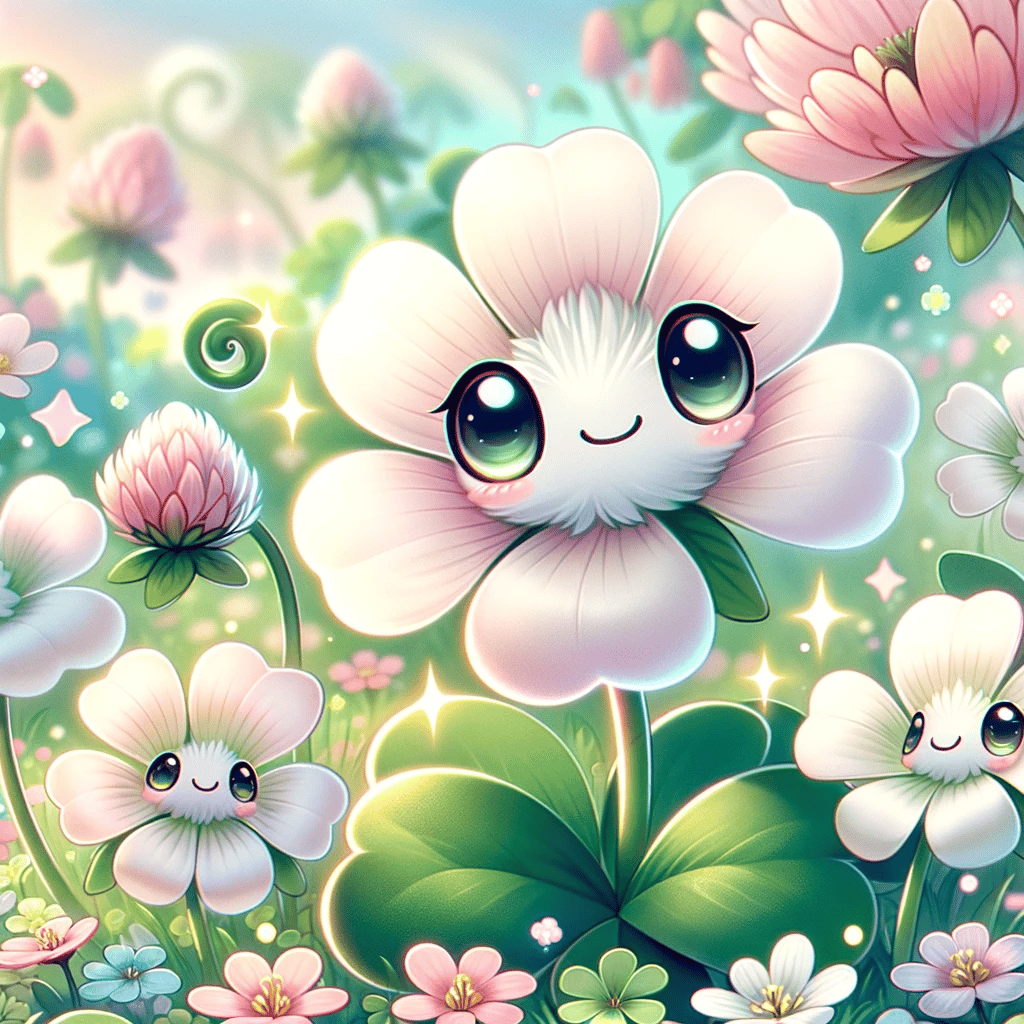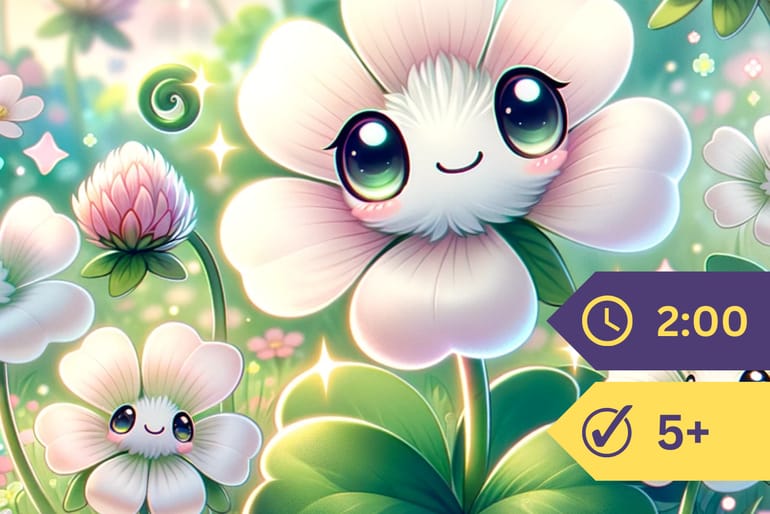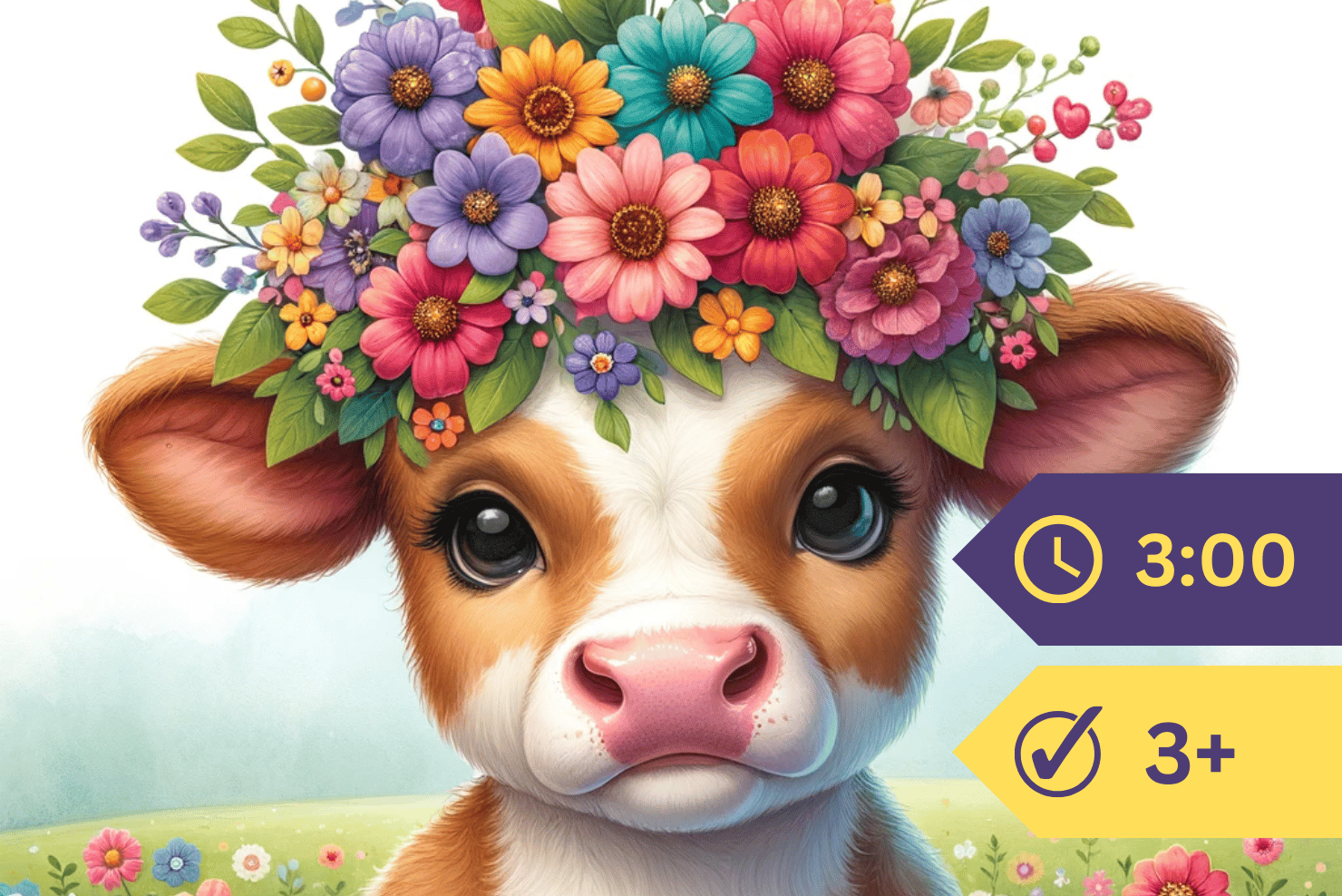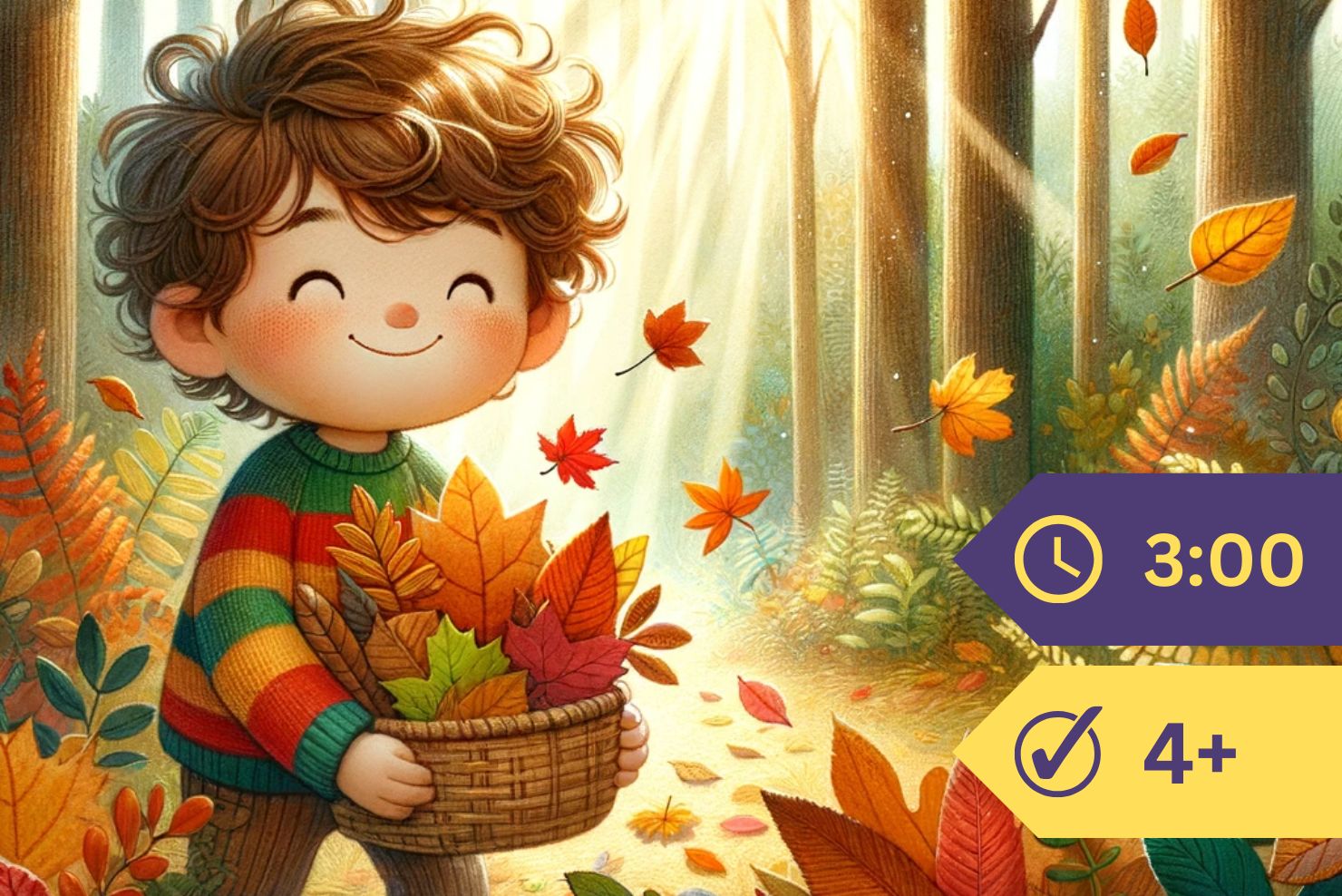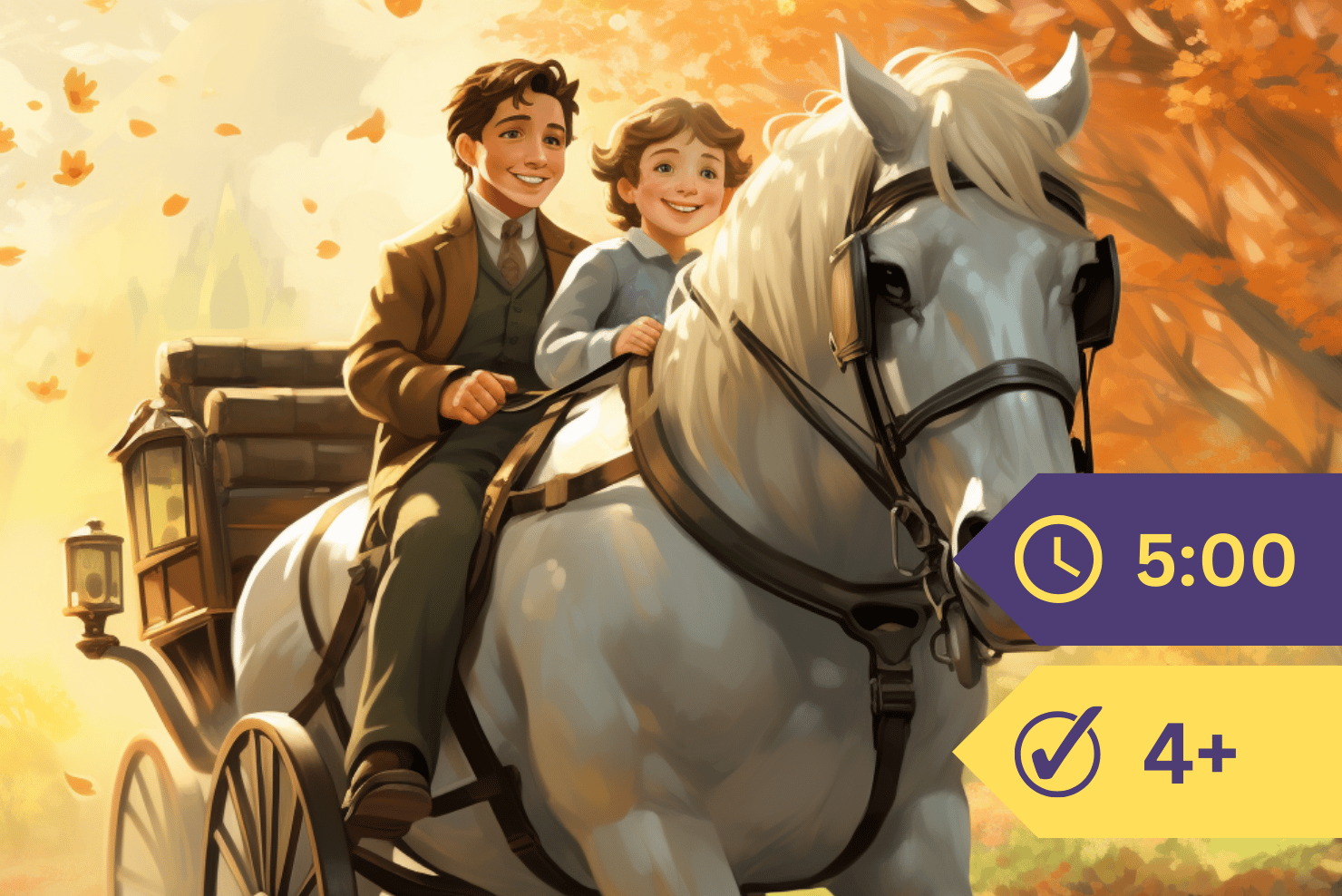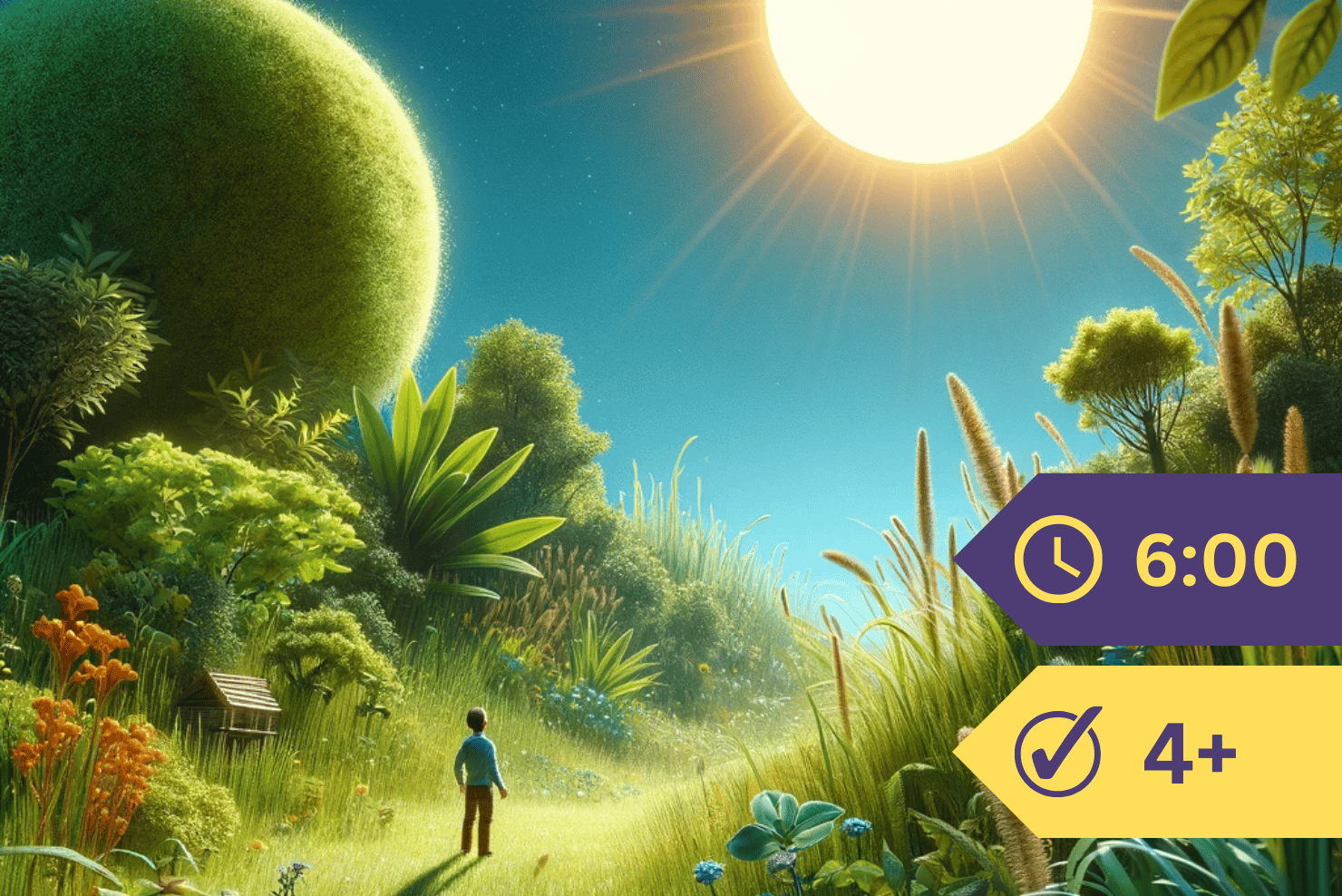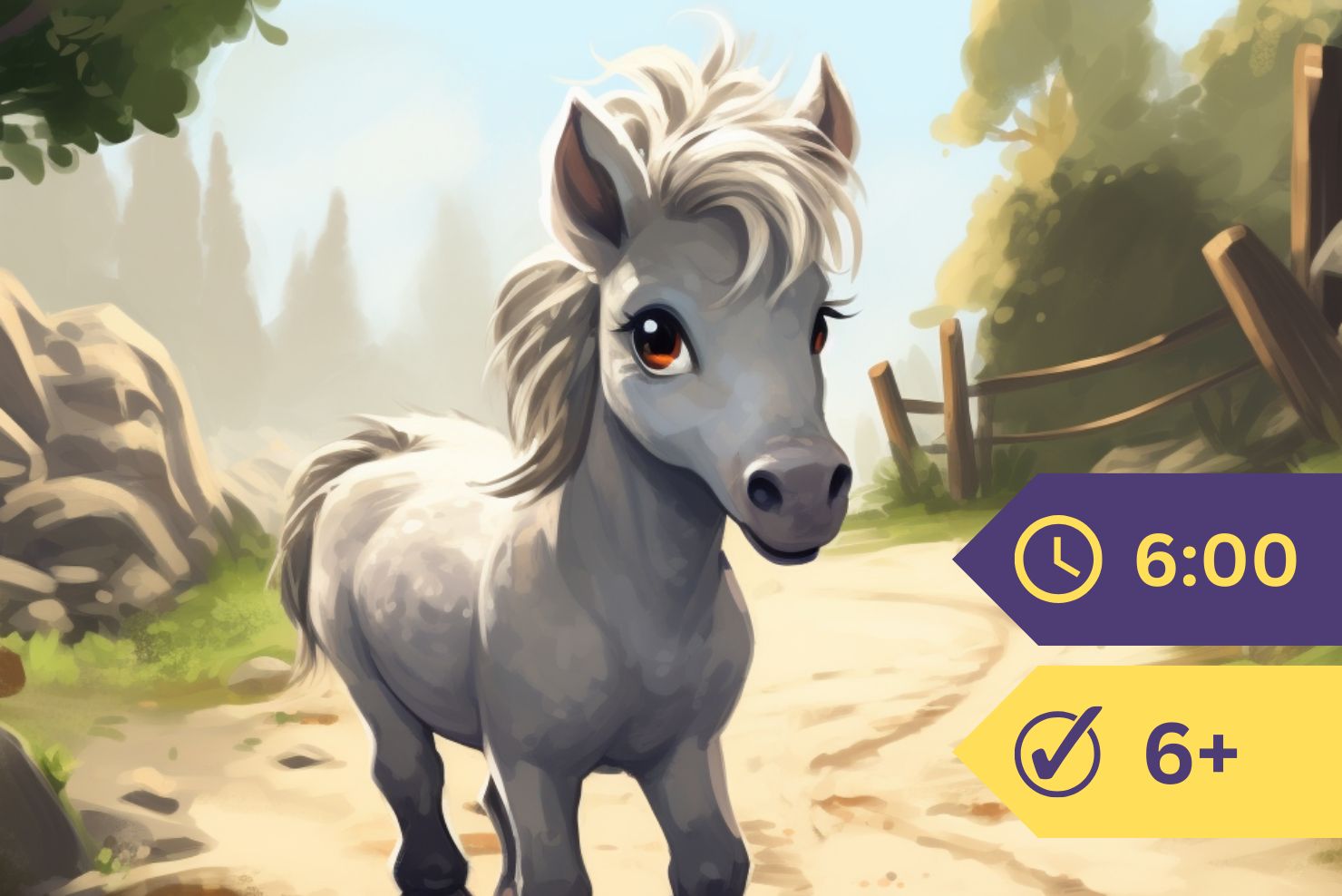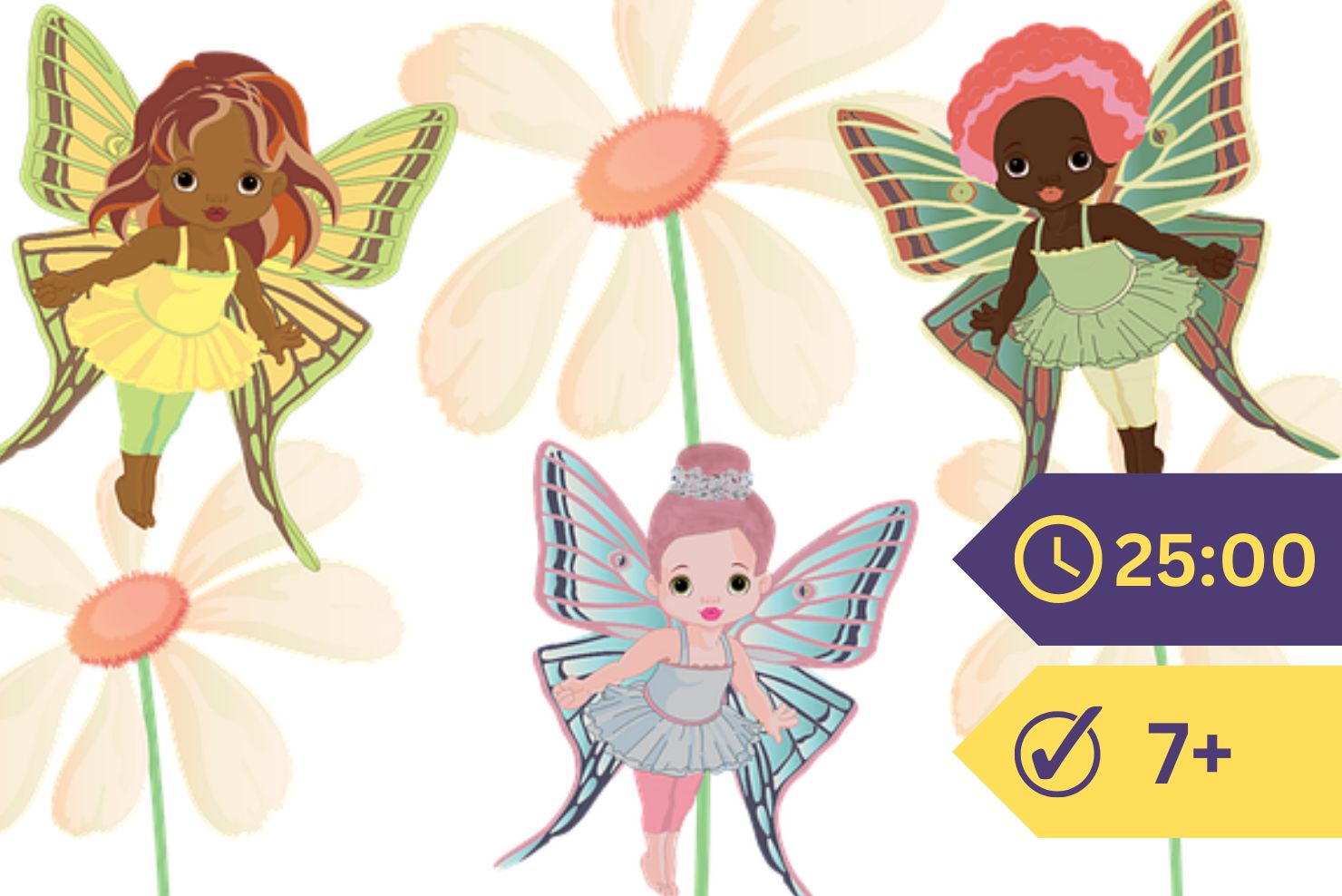Here you see the bees buzzing about the pretty pink clover heads,—the sweet-smelling clover that grows so thickly in the fields of early summer.
Can you tell me what plan the clover uses in flower building?
You will not find this easy to do. Indeed, it is hardly possible, for the clover plays you a trick which you will not be able to discover without help.
You believe, do you not, that you are looking at a single flower when you look at a clover head?

Well, you are doing nothing of the sort. You are looking at a great many little clover flowers which are so closely packed that they make the pink, sweet-scented ball which we have been taught to call the clover blossom.
It is incorrect to speak of so many flowers as one; and whenever we say, “This is a clover blossom,” really we ought to say, “These are clover blossoms.” We might just as well take a lock of hair—a lock made up of ever so many hairs—and say, “This is a hair.” Now, you all know it would not be correct to do this, and no more is it correct to call a bunch of clover blossoms “a blossom.” But as most people do not understand this, undoubtedly the mistake will continue to be made.
The picture below shows you one little flower taken out of the ball-like clover head.
Can you think of any good reason why so many of these little flowers should be crowded together in a head?
What would happen if each little blossom grew quite alone?

Why, it would look so small that the bee could hardly see it. And sweetly though the whole clover head smells, the fragrance of a single flower would be so slight that it would hardly serve as an invitation to step in for refreshments.
So it would seem that the clover plant does wisely in making one good-sized bunch out of many tiny flowers, for in this way the bees are persuaded to carry their pollen from one blossom to another.
The moral of the clover story is this: Be very careful before you insist that you hold in your hand or see in the picture only one flower.
